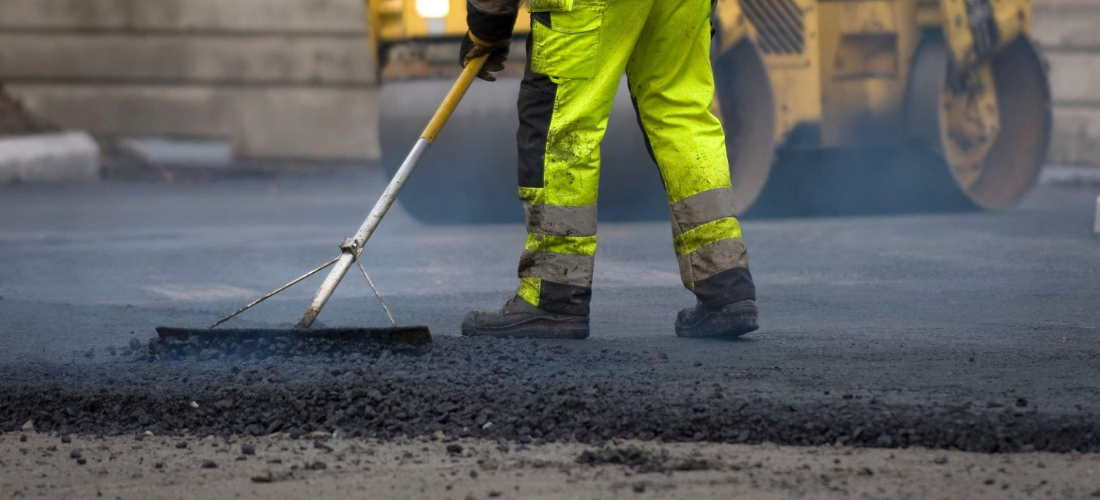The maintenance and improvement of road networks are essential for safe and efficient transportation. However, traditional road resurfacing methods often come with environmental challenges and high costs. Enter microsurfacing treatment, a sustainable approach that is changing the game in road resurfacing. In this article, we will delve into the world of microsurfacing and its transformative impact on sustainable road maintenance.
What is Microsurfacing Treatment?
Microsurfacing is a road maintenance technique that involves the application of a thin layer of specialized slurry mix onto the existing road surface. This mixture typically consists of polymer-modified asphalt, mineral aggregate, mineral filler, water, and additives. The result is a smooth, skid-resistant, and durable road surface that extends the road’s lifespan while minimizing environmental impact.
Advantages of Microsurfacing Treatment:
1. Sustainability:
Microsurfacing is a sustainable approach to road resurfacing. Its environmental footprint is smaller compared to traditional methods. It requires less material, reduces waste, and emits fewer volatile organic compounds (VOCs) during installation, making it an eco-friendly choice.
2. Improved Road Safety:
The skid-resistant surface created by microsurfacing enhances road safety. It reduces the risk of accidents, especially during wet or slippery conditions, making it an ideal choice for highways, urban streets, and residential roads.
3. Cost-Effective:
Microsurfacing is a cost-effective road maintenance solution. Its thin application requires less material and labor compared to traditional resurfacing methods. Additionally, its longevity reduces the frequency of maintenance and repairs, further saving costs.
4. Rapid Construction:
Microsurfacing projects can be completed quickly, minimizing disruptions to traffic flow. Roads can often be reopened shortly after application, reducing inconvenience for commuters and businesses.
5. Versatility:
Microsurfacing can be applied to various road types, including residential streets, highways, parking lots, and even airport runways. Its adaptability and versatility make it suitable for a wide range of applications.
The Microsurfacing Process:
The microsurfacing process involves several key steps:
1. Surface Preparation: The existing road surface is cleaned, and any necessary repairs are made, such as filling potholes and cracks.
2. Mixture Preparation: The specialized slurry mix is prepared using the correct proportions of materials, including polymer-modified asphalt, mineral aggregate, mineral filler, water, and additives.
3. Application: The mixture is applied evenly onto the road surface using specialized equipment, such as a microsurfacing machine.
4. Curing: The treated surface is allowed to cure, usually for a few hours, before it can be opened to traffic.
Conclusion: Microsurfacing treatment is revolutionizing road resurfacing by offering a sustainable, cost-effective, and eco-friendly approach. Its ability to enhance road safety, extend road lifespan, and reduce environmental impact makes it a valuable asset in the maintenance of road networks. As transportation infrastructure continues to expand, embracing innovative solutions like microsurfacing is crucial in ensuring the longevity, safety, and sustainability of our roads. This sustainable approach to road resurfacing is not just about improving roads but also about making our com

